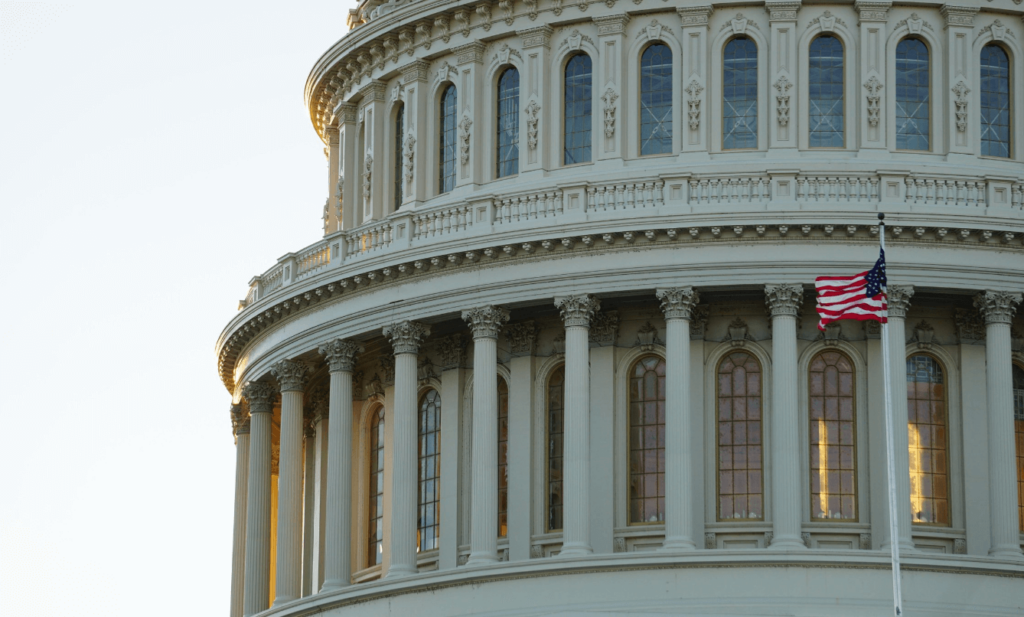Notwithstanding the crowded early 2022 legislative agenda and coming Washington pivot towards mid-term election initiatives, many still believe Senator Manchin, President Biden and Democratic congressional leaders can coalesce around a more narrowly tailored bill. By cherry-picking select pieces of BBB with broad bicameral support and committing to enact and fund for longer-terms, perhaps Sen. Manchin’s objections related to fiscal irresponsibility and ‘budgetary gimmicks’ of short-term sunsetting programs can be overcome. By dividing and conquering program by program, the President feels this signature legislation can at least be partially resuscitated. “I think we can break the package up, get as much as we can now, and come back and fight for the rest later,” Biden stated during a January 19th news conference.
The most likely BBB initiatives for Democrats to pursue standalone appear to be the climate provisions, universal pre-kindergarten, and making permanent some version of the expanded Child Tax Credit program (although likely subject to lower income or other qualification requirements). On the chopping block would seem to be immigration and drug pricing initiatives (already scrutinized by the Senate parliamentarian as outside the scope of Budget Reconciliation rules), tuition-free community college, and Medicare and Medicaid benefit expansion and supplements. Wildcard provisions from the House version of the bill include State and Local Tax (SALT) deduction cap relief (inserted to secure passage of the broader bill in the House), affordable housing programs and subsidies, broad investments to bolster IRS resources and enforcement, and select environmental programs and tax credits characterized by some as more special interest ‘pork’ than necessary elements of combatting climate change.
So how might a smaller version of Build Back Better impact the scope and structure of the originally proposed tax and funding measures? This will largely depend on the magnitude of each proposed spending program and the perceived ease of implementing, administering and enforcing the requisite tax funding. While the 10-year $800B international and corporate tax revenue projected by the Congressional Budget Office (CBO) could likely cover the entire tab for a more tailored bill, many believe swift implementation and enforcement – particularly international – could prove challenging. Thus, the growing consensus is that some combination of domestically focused business and individual tax revenue raisers may prove to be the path of least resistance. This plus the President’s campaign theme of making the wealthiest American individuals and corporations ‘pay their fair share’ makes the threat of potentially adverse 2022 tax legislation a legitimate possibility.
While the ultimate timing and scope of tax changes remain uncertain, there is definitely incentive for congressional Democrats to move quickly under the threat of midterm election losses and the loss of at least one chamber likely – based on historical mid-term outcomes.
We will continue to monitor and report as the possibility of a 2022 Build Back Better 2.0 continues to evolve. In the meantime, we encourage you to work with your Pathstone team to discuss how you can best utilize current opportunities while maximizing flexibility for an unpredictable future.
Sources: Tax Foundation; 11/18/21 Congressional Budget Office Subtitle G, Title XIII – Cost Estimate Report; Wolters Kluwer; Reuters; Politico; The Wall Steet Journal; The New York Times; EY.com
Please see the PDF version of this article for important disclosures.




















